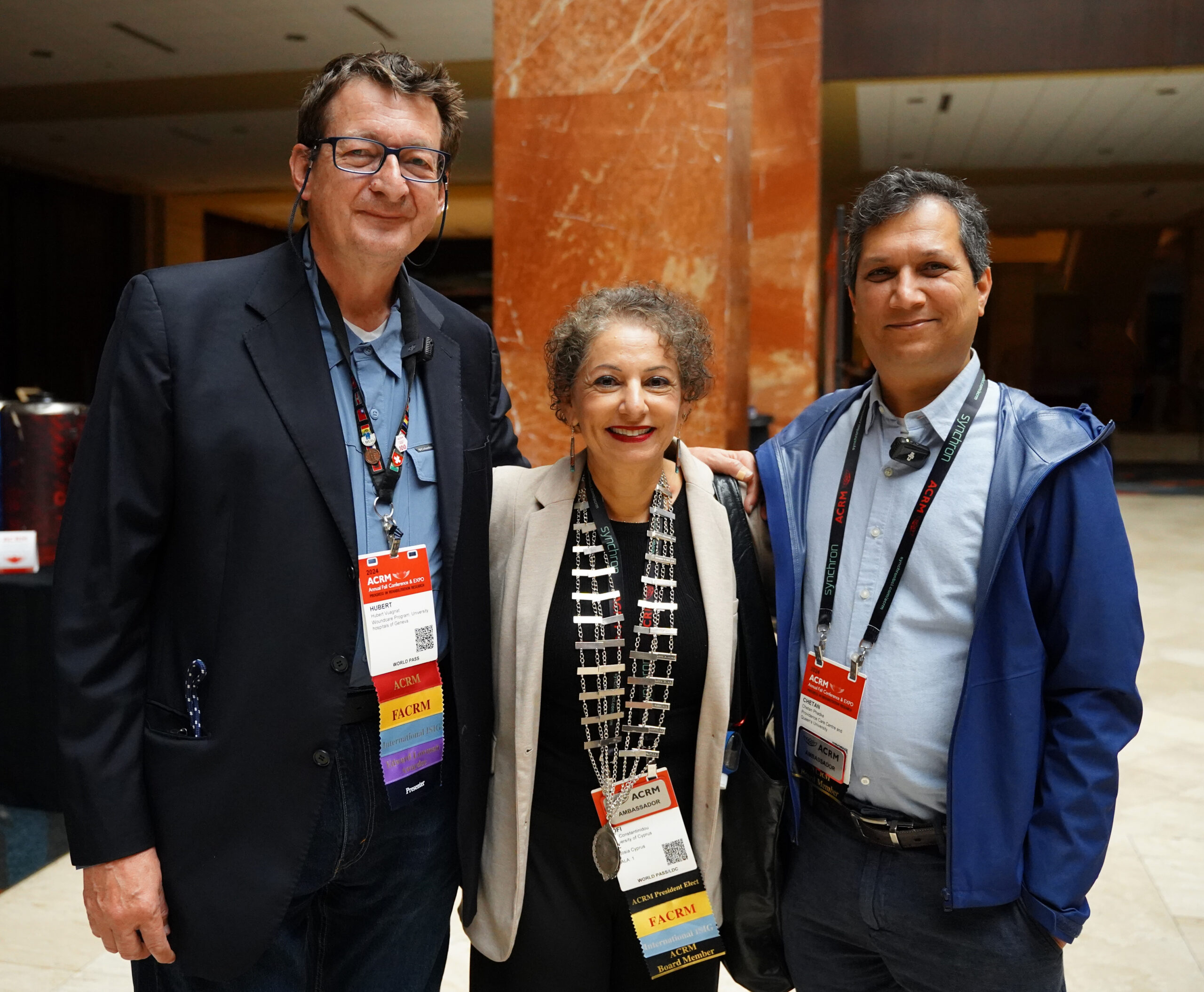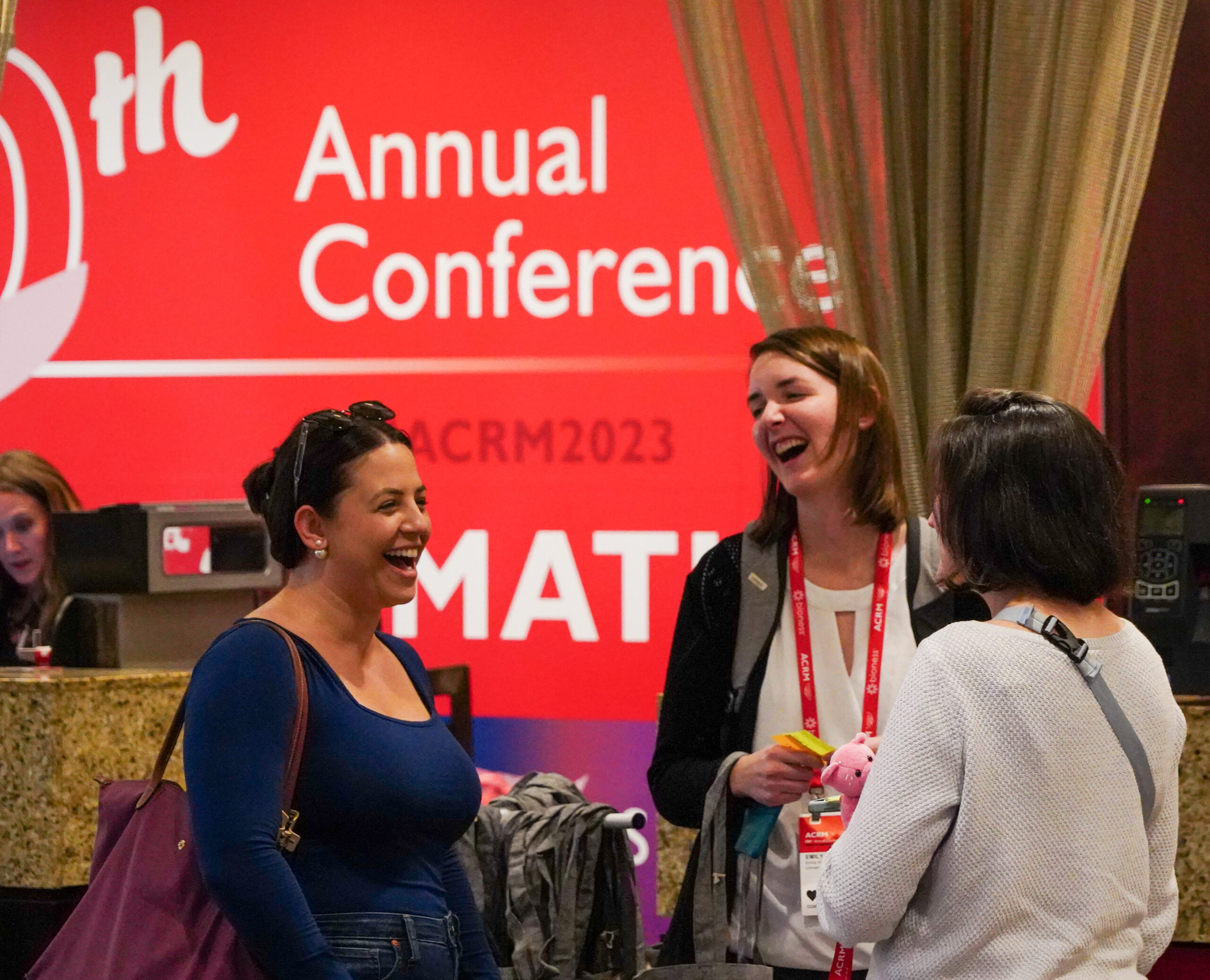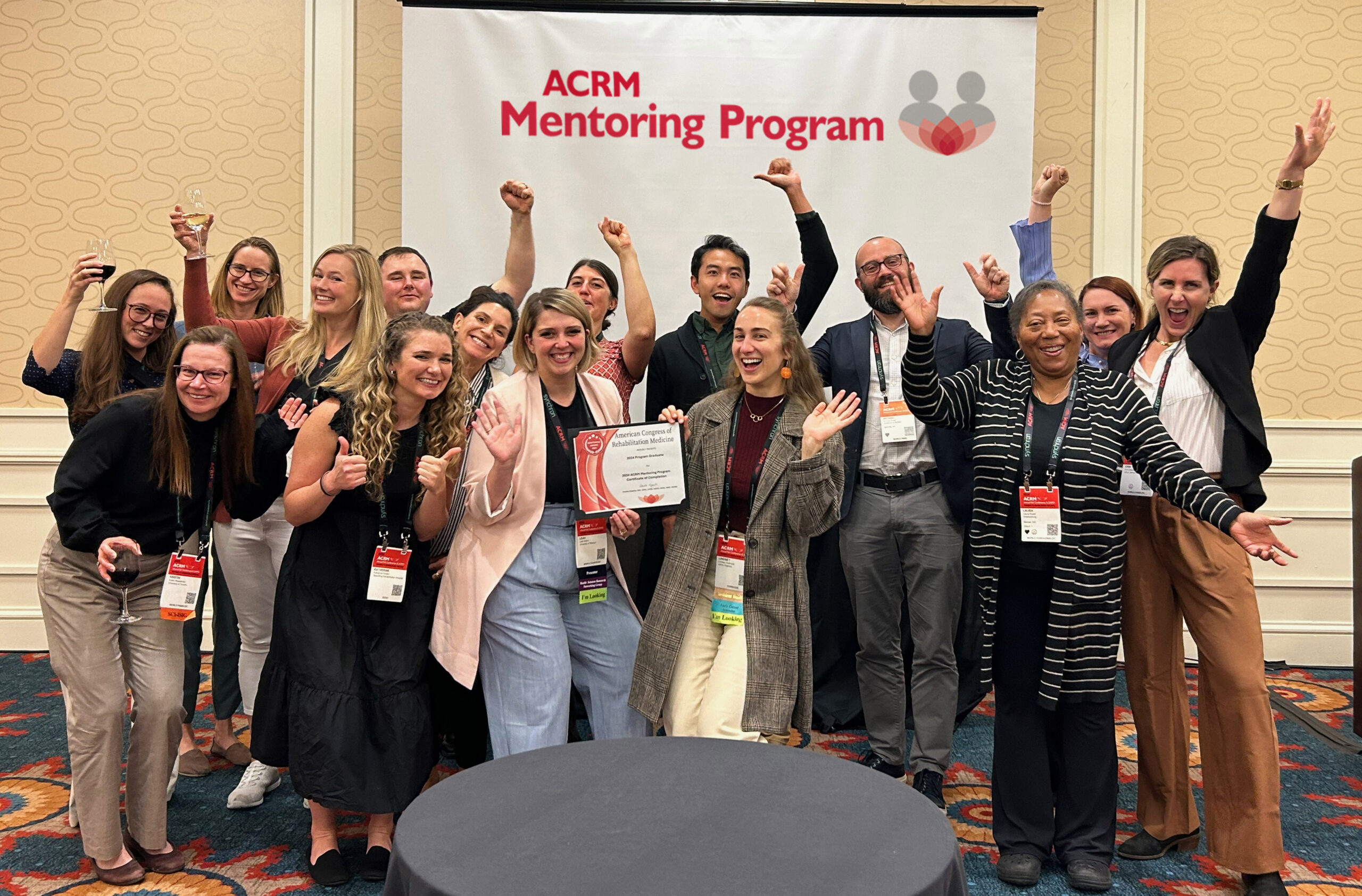Neuroplasticity Networking Group
| MISSION WHAT IS NEUROPLASTICITY? GOALS MEMBER BENEFITS HOW TO JOIN CONNECT |
EXECUTIVE COMMITTEE TASK FORCES HOW TO PARTICIPATE WEBINAR SERIES CONFERENCE HIGHLIGHTS |
MISSION
The mission of the ACRM Neuroplasticity Networking Group (NNG) is to synthesize and disseminate information about neuroplasticity for members of the ACRM community and to create a forum within the ACRM community for an ongoing dialogue on emerging implications of greater understanding of neuroplasticity on best practice within neurorehabilitation.
We seek to align the aims of the NNG with the seven goals set in the 2009 NIH Blueprint for Neuroscience and to engage ACRM members in rising to the challenges set within the framework of the NIH Brain 2025 Initiative.
UPCOMING MEETINGS
Thank you for being a part of the Neuroplasticity Networking Group! We love that ACRM attracts the most passionate interdisciplinary mix of rehabilitation professionals from around the world. What an honor to collaborate with such driven individuals. We hope to get acquainted with you at our upcoming networking group meeting to discuss current projects and opportunities for contribution and collaboration.
Neuroplasticity Networking Group All Member Meeting
Join us this month to discuss the 2025 ACRM Annual Conference, Task Force updates, and new projects. We welcome your participation.
DATE: The Fourth Wednesday of each Month
TIME: 1:00 p.m. ET
Open Microsoft Teams or go to https://www.microsoft.com/en-us/microsoft-teams/join-a-meeting
Enter Meeting ID: 288 830 445 154
Click Join.
Enter the Passcode: DY2TS7Dp
Click Join Now to enter the meeting.
DEFINITION OF NEUROPLASTICITY
Neuroplasticity refers to the ability of the nervous system to respond to new information and/or intrinsic or extrinsic stimuli by reorganizing and/or adapting its structure, function and connections. This dynamic reorganization and adaptation of the nervous system, seen during human development and in learning and memory, is increasingly recognized to play a role in responses of the nervous system to acute (ex. stroke, traumatic brain and spinal cord injury), chronic and progressive neurological disease (ex. developmental disorders, multiple sclerosis, Parkinson’s disease).
Adaptive and maladaptive forms of neuroplasticity have been observed following insults to the nervous system and there is a substantive need to advance our understanding of both, so we can enable and facilitate adaptive neuroplasticity to optimize recovery of neurological function. The need can be addressed, in part by bridging the gap between bench and bedside, and bringing consideration of neuroplasticity mechanisms to the treatment plans of brain and spinal cord injured patients.
One of the most valuable benefits of ACRM membership is the opportunity to participate in the many interdisciplinary special interest groups (ISIG) and networking groups.
GOALS
Education
Develop educational content for neuroplasticity for the ACRM Annual Conference (i.e., instructional courses, symposia, oral presentations, posters)
- Fundamental principles of neuroplasticity
- Basic science of neuroplasticity
- How neuroplasticity relates to theories of recovery and rehabilitation and concepts of compensation/restoration of function
- Spontaneous neuroplasticity following acquired nervous system injury (at the cellular, molecular, local and brain-wide neural circuit levels). Will include discussion of adaptive/positive and maladaptive/negative forms of neuroplasticity.
- Stroke
- TBI
- Developmental disorders
- Chronic adult onset neurodegenerative diseases (e.g., MS, PD, AD)
- SCI
- Interventions to modulate neuroplasticity: concepts related to linking brain activity to motor/cognitive/neurobehavioral functions with precise interventional tools that change neural circuit dynamics (i.e, demonstrating causality) including, but not limited to:
- Behavioral interventions
- Pharmacological intervention
- Brain stimulation noninvasive
- Brain stimulation invasive
- Stem cells
- Methods of assessing, measuring and monitoring neuroplasticity in individual patients
Research/ Collaboration
Cross-fertilize with other ISIGs and networking groups to develop research products for neuroplasticity and rehabilitation. Project ideas include, but are not limited to:
- Course development for annual conference
- Webinars
- Clinical care how-tos for promoting evidence-based neuroplasticity
Clinical Trials Network
- Foster collaboration and multi-center efforts for translational research efforts relevant to neuroplasticity.
- Identify mechanisms to support initiation of multicenter clinical trials
Database building
(Code sharing; links to imaging and patient repositories, e.g., ADNI)
HOW TO PARTICIPATE
- Conference calls and webinars
- Work on products sponsored by the task forces.
- Face-to-face meeting at the ACRM Annual Conference (fall).
- Please contact the NNG Chair or any task force chair to learn more and get involved today!
BENEFITS OF MEMBERSHIP
- Task Force participation
- Continuing education
- Opportunity to plan educational courses for the ACRM Annual Conference
- Networking
- Collaborative research opportunities
HOW TO JOIN
The opportunity to participate in more than 20 specialized interdisciplinary special interest groups (ISIG) and networking groups and to engage in their task forces, is one of the most valuable benefits of ACRM membership.
Membership is available at various levels and includes a subscription to the most-cited journal in rehabilitation, Archives of Physical Medicine and Rehabilitation, as well as discounted member pricing on all ACRM products and events.
Click the JOIN NOW button to learn more or contact Member Services at +1.703.435.5335 for personal assistance. Contact a co-chair to learn more about this networking group and ways to participate.
Already an ACRM Member? Click here to log in and join the NNG.












